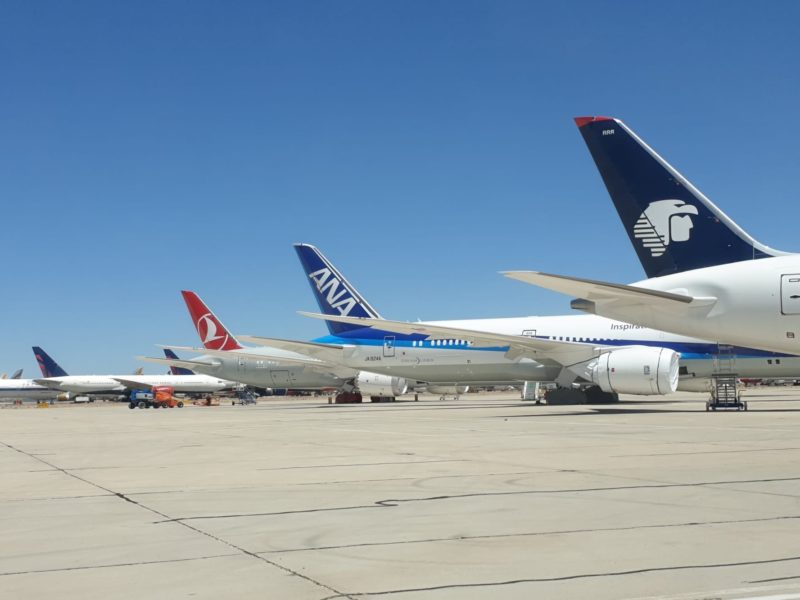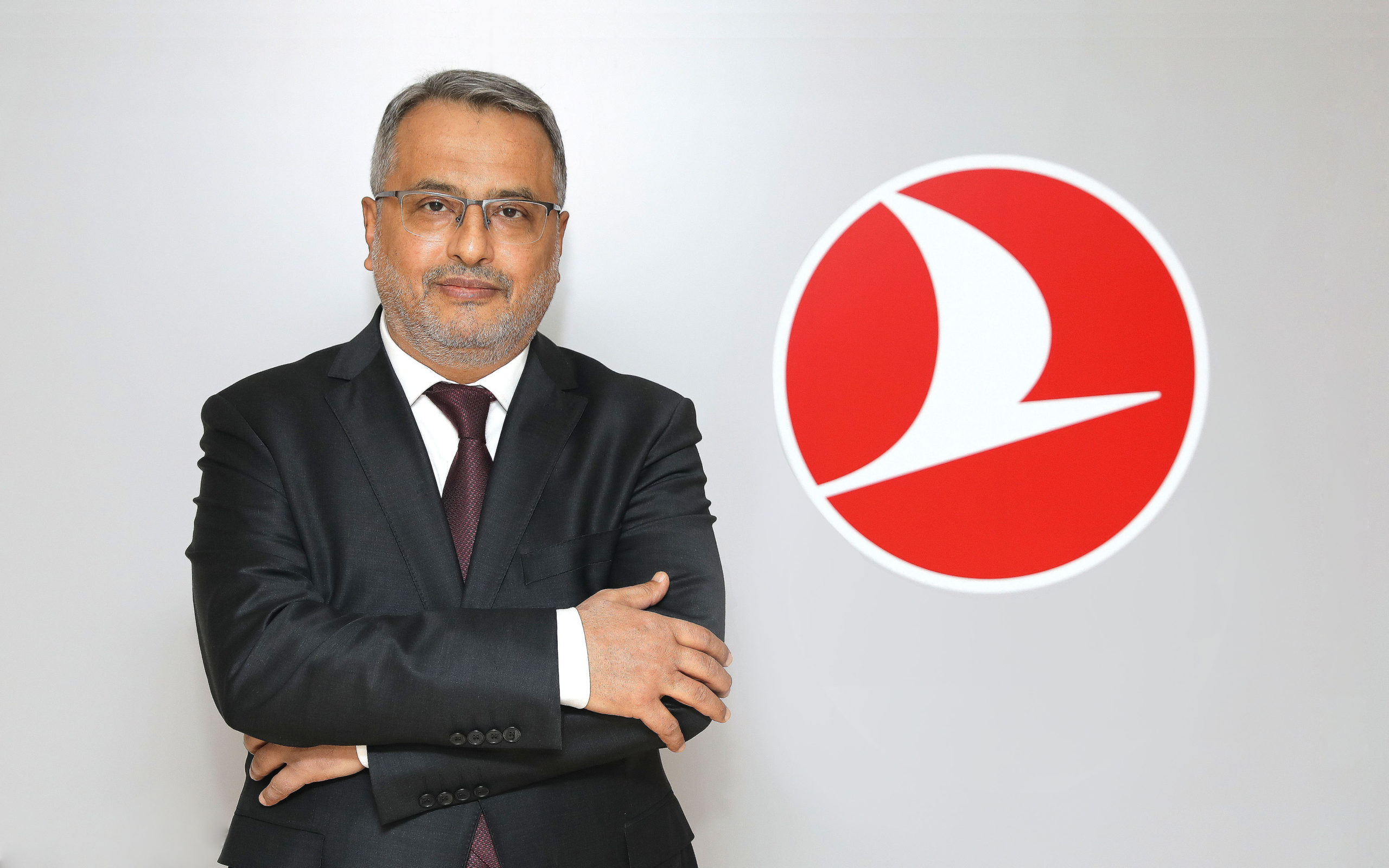Turkish Airlines says its long-haul network development is suffering because of continued Boeing 787 delivery delays.
The carrier’s chairman says he would take up to 70 more new-generation aircraft for the Turkish Airlines fleet for 2023 if they were available on the market.
“When Boeing said it had restarted deliveries of it 787s, we were thinking this would [mean] seamless deliveries,” Turkish Airlines Chairman Ahmet Bolat told me in Istanbul last week. The Star Alliance member is waiting on eight 787-9s that are already more than one year late, Bolat says.

“I’m planning to open new routes, but missing widebodies,” Bolat says. Turkish Airlines has been unable to launch additional services to the U.S. and South Asian destinations, he says. It has also been prevented from dialing up frequencies on existing routes due to a lack of capacity.
To fill the gap, Turkish Airlines is now looking for more “white-tail widebodies,” Bolat says. The airline has already received four former
Aeroflot A350-900s. Two more of the type will join the fleet this year. Bolat made clear that these additional aircraft will be not enough to meet the strong demand.
“If I can find them right now, we could easily buy 20 more next-generation widebody aircraft—Boeing 787 or A350s—ready to come for 2023,”
Turkish Airlines Chairman Ahmet Bolat
Global leasing companies are not able to offer those aircraft as they have sold out, Bolat says. If Turkish Airlines is able to find 10 787s in the same configuration which the carrier has and the aircraft is ready to fly, Bolat says he would acquire them immediately to bolster its fleet for next year.
“We need this capacity because nobody knows when Boeing delivers our 787s,” he adds.
Turkish Airlines’ current widebody fleet includes 11 Airbus A350-900s and 15 Boeing 787-9s, plus 33 777-300ERs, 13 A330-200s and 37 A330-300s.
NarrowBody Aircraft for Turkish Airlines
Bolat also says the airline’s need for additional narrowbody aircraft is strong. Besides the 50 Airbus A320neo family aircraft Turkish Airlines already has on order, Bolat says he would add up to 50 A320neos immediately if they were available for 2023. “The same goes for the 737 MAX,” Bolat says, if no A320neos can be found. Half of any new narrowbodies would be placed at its LCC subsidiary Anadolujet. The remaining 50% would be dedicated to Turkish Airlines’ mainline operation.
“I have the routes where we would need all these aircraft and also it gives us advantages to replace my old fleet—about half of the new aircraft would be replacements of older aircraft,” he adds.
“But the biggest problem we have, there are not enough pilots. We have started hiring 1,600 pilots without type-ratings,”
Turkish Airlines Chairman Ahmet Bolat
Turkish Airlines is also in talks with Embraer for 15-20 regional aircraft, “but I told Embraer: ‘Bring the aircraft, the pilots, bring power-by-the-hour maintenance, then I take the aircraft.’ Such an offer I would consider,” Bolat says. The chairman sees that as the best solution for a regional sub-fleet, “otherwise we have to establish a maintenance line etc and then the benefit of this small fleet is marginal.” Nevertheless, Bolat says Turkish Airlines would consider buying or leasing—on wet or dry lease—on the regional side.


